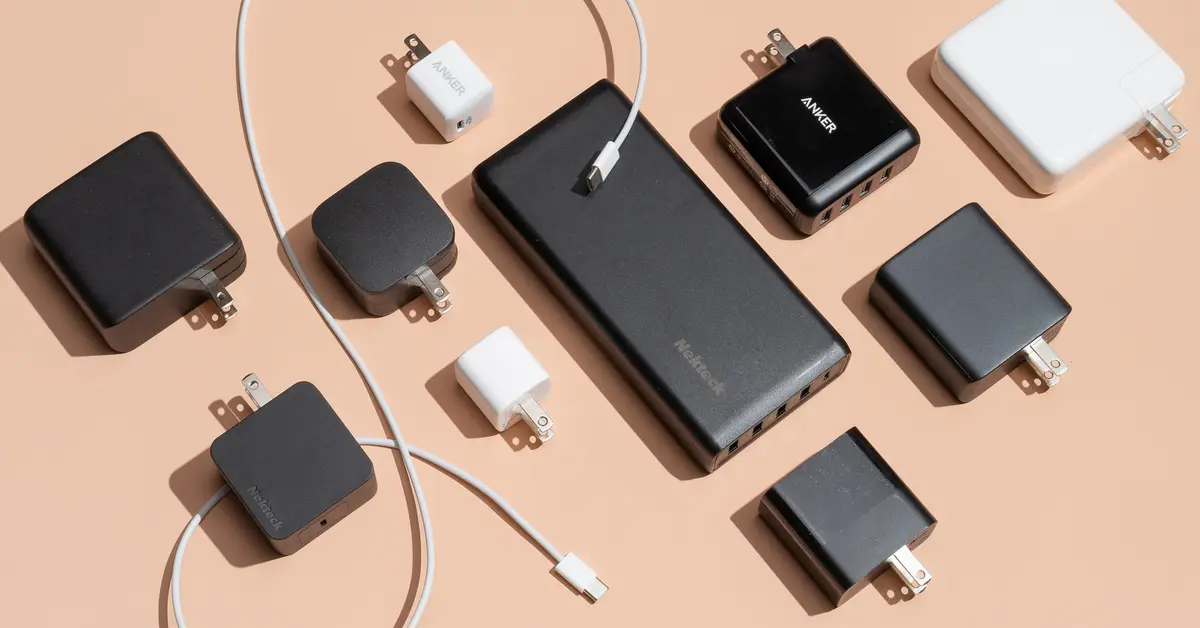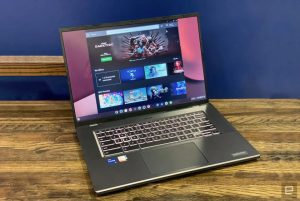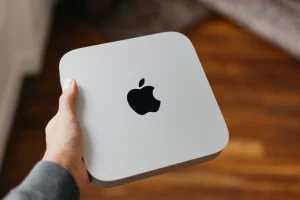Receiving a power adapter with your recently purchased smartphone is now a thing of the past. As a result, selecting the appropriate fast charger for your new iPhone or Android device that supports USB-C charging becomes essential, particularly if you intend to use it with more than just your phone. To alleviate the confusion, I compiled 14 chargers from various brands and thoroughly tested each one with five different devices to determine the best fast charger.
How we tested
The methodology for my fast-charging experiment is designed to be as simple as possible. I depleted each device’s battery to 10 percent, connected a power brick, and then recorded the amount of charge added every 10 minutes for an hour. Each adapter was directly plugged into a standard 120-volt outlet (without using a power strip or any extension cords). Whenever possible, I used the cable provided with the battery charger or one made by the same manufacturer as the device. If that option wasn’t available, I utilized certified 100-watt USB-C cables from reputable brands like Anker and Apple.
Considering that the charging speed of devices varies based on their remaining battery levels, I aimed to measure how well each adapter could match the optimal charging speed for each gadget. Typically, charging is slower between zero and 20 percent, accelerates until the battery reaches 80 percent, and then slows down again to safeguard and extend the health of the power cell. For charging stations with multiple ports, I consistently selected the port with the highest power output while ensuring that multiple devices weren’t connected simultaneously.
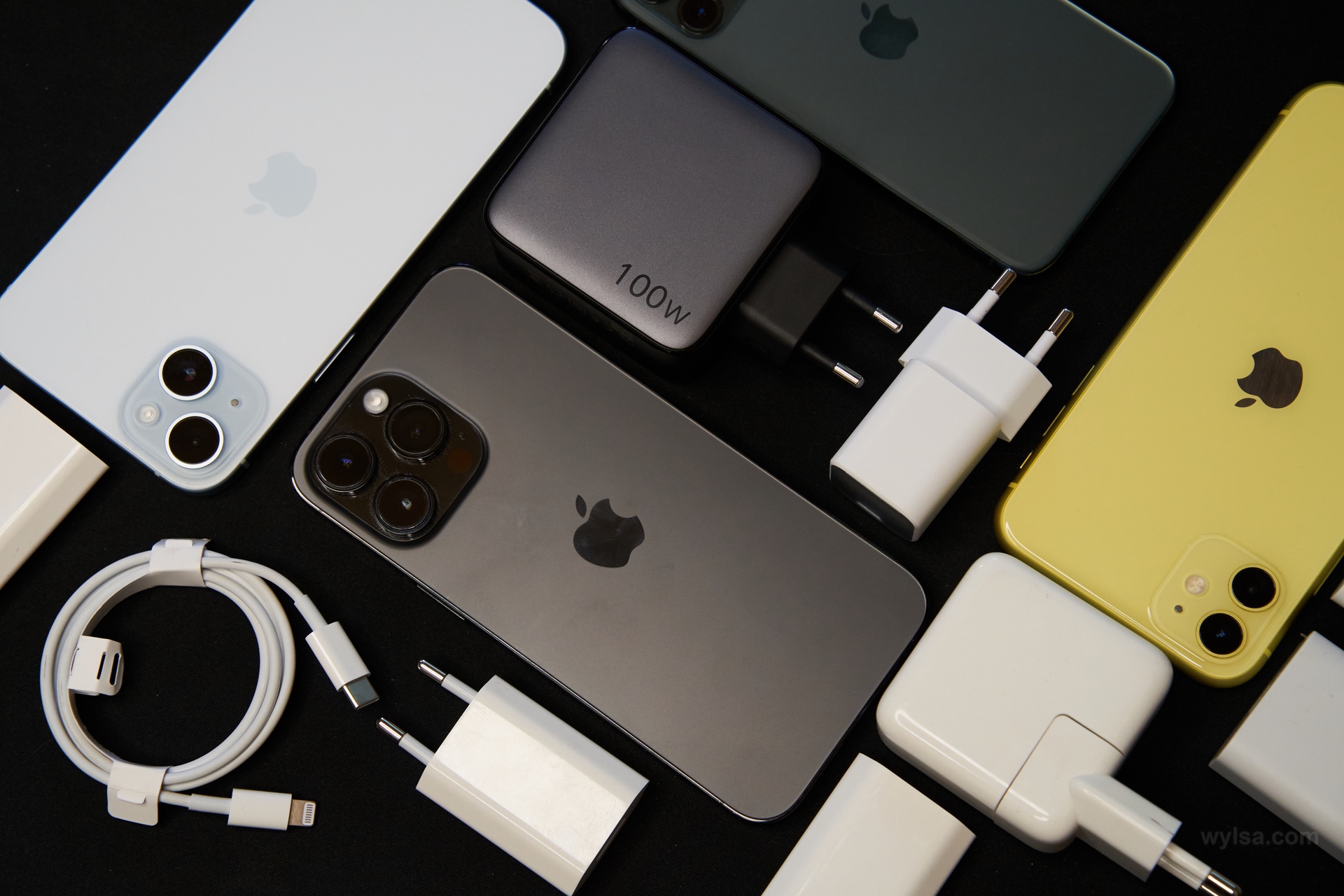
Regarding the devices themselves, I opted for an Apple iPhone 13, a Samsung Galaxy S22 Ultra, a Nintendo Switch (a launch model from 2017), a 2021 Dell XPS 13, and a 16-inch M1 Max MacBook Pro. This selection was made to encompass a broad spectrum of power requirements, ranging from 20 watts (iPhone 13) to 140 watts (M1 Max MBP). All systems were tested while idle, ensuring consistent results without additional apps or games running.
It’s crucial to note that although the USB Implementers Forum has approved USB Power Delivery (USB-PD) charging at up to 240 watts, adapters supporting this power output are not currently available. Furthermore, while there are a few cables capable of handling over 100 watts of power, they are relatively uncommon or challenging to obtain.
Chargers we tested
Given the diverse array of chargers with varying power outputs, I categorized them into three groups. Firstly, there are chargers with 30 watts and below, primarily designed for smartphones and smaller mobile devices. Moving up, we have 45 to 65-watt chargers (with a slight variance of one or two watts), suitable for phones and several lightweight laptops. Lastly, there are chargers with an output of 100 watts or more, capable of charging nearly anything except the largest and most power-demanding gaming laptops. Many of these higher-wattage adapters also offer multiple ports for simultaneously charging additional devices at full speed. However, since not all power bricks support multi-device charging, I excluded this as a testing metric.
Best 30-watt charger: Anker Nano
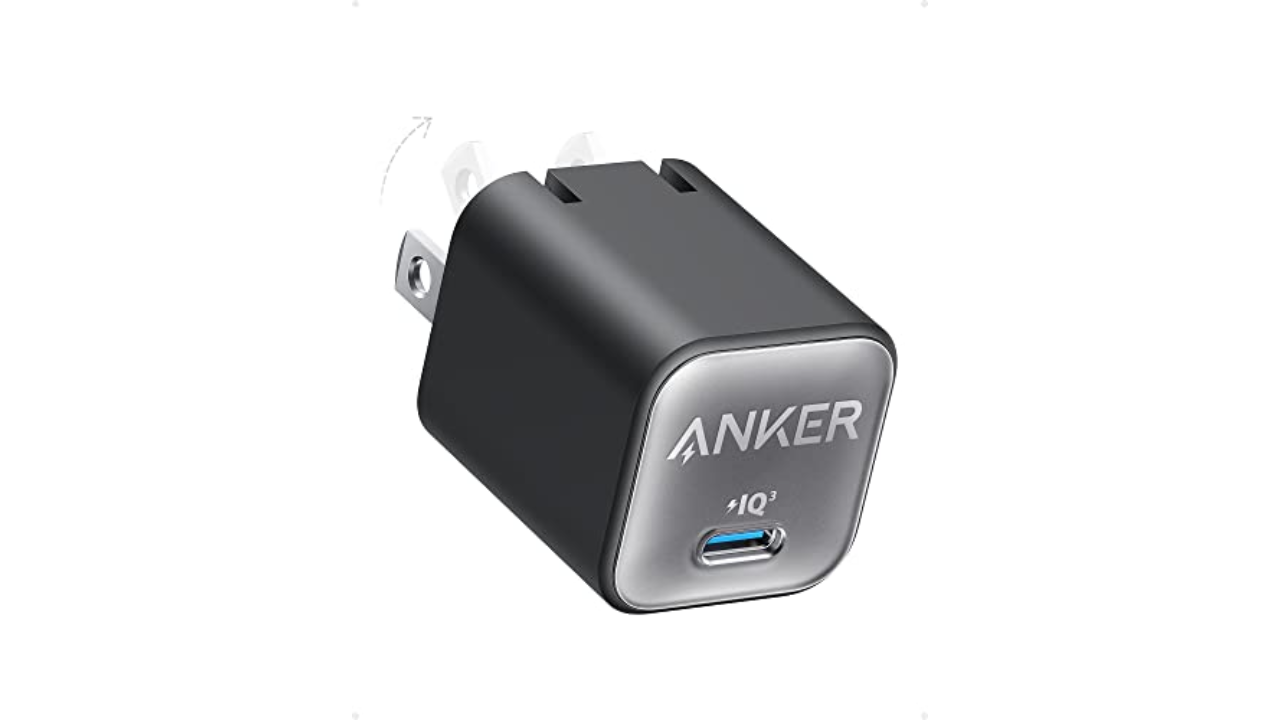
When it comes to charging smaller devices, 30 watts is the most popular choice as it covers most cell phones and even some larger devices like the Nintendo Switch. In our testing, all the 30-watt chargers performed equally well, successfully getting the iPhone to around 80 percent battery charge in less than an hour, while also completely refilling the Galaxy phone within 60 minutes. However, as evident, these smaller, low-wattage bricks faced challenges in recharging both the XPS 13 and, especially, the MacBook Pro. While it is possible, the process is rather sluggish (the XPS 13 even triggered a slow charger notification). Given that I tested each device while idle, there’s a good chance these chargers may struggle to keep these laptops adequately charged under load.
However, the noteworthy aspect is the performance of Apple’s 20-watt brick, which fell behind—every other adapter delivered faster charging speeds. While it managed to keep pace with rival devices when replenishing the iPhone, its lower wattage rendered it incapable of even trickle charging the XPS 13. Dell’s power management system did not recognize the plugged-in charger. Consequently, this adapter is significantly less useful for quickly charging more power-hungry gadgets in urgent situations. It’s worth mentioning that I didn’t bother testing the old 15-watt Apple power cubes, as they can’t even support the iPhone’s full 20-watt charging speeds. Anyone still using one of those should seriously consider upgrading.
Charging speeds
Charging speeds for different 30-watt power adapters when linked to an iPhone 13.
If you’re seeking a power brick to maintain the charge on smaller devices, our top pick for the best charger is evident: the Anker Nano. Not only did it provide the most efficient speeds in its category, but it’s also the most compact, making it incredibly easy to stow away in a bag. The one we examined, the Anker 711 charger, is now an older model, but you should experience the same performance with the latest version, the 30W Nano 3.
Best 65-watt charger: Anker 735 GaN Prime
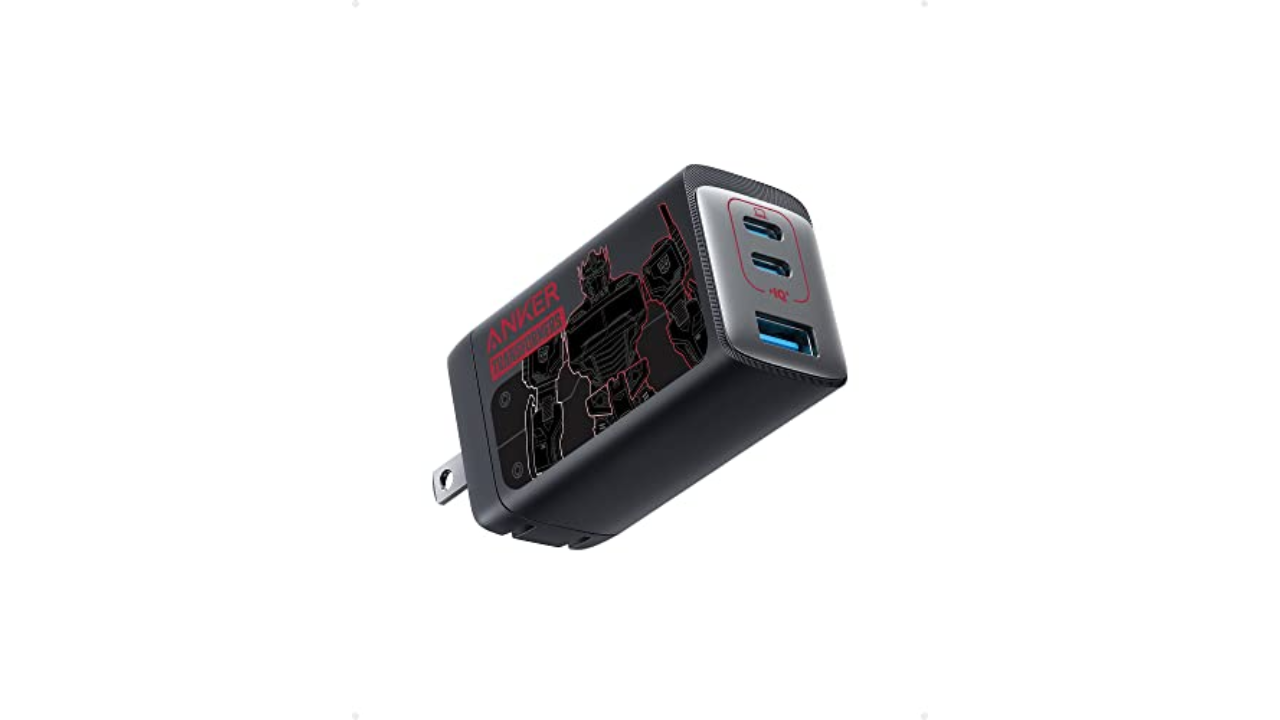
Now things become intriguing because, although several of these chargers boast comparable power outputs (excluding the Samsung 45-watt brick), the actual outcomes exhibited some variability. The Nekteck and Belkin chargers only achieved around 80 percent battery for the Galaxy phone after an hour, unlike the Anker, Samsung, and Satechi chargers, all reaching a full 100 percent. This implies that both chargers may not be effectively communicating with Samsung’s phone to utilize its 45-watt charging speeds, a fact confirmed using a USB-C volt meter. Predictably, Samsung’s 45-watt charger performed excellently with the Galaxy handset, but its lower output hindered it from keeping pace with the 60 and 65-watt bricks.
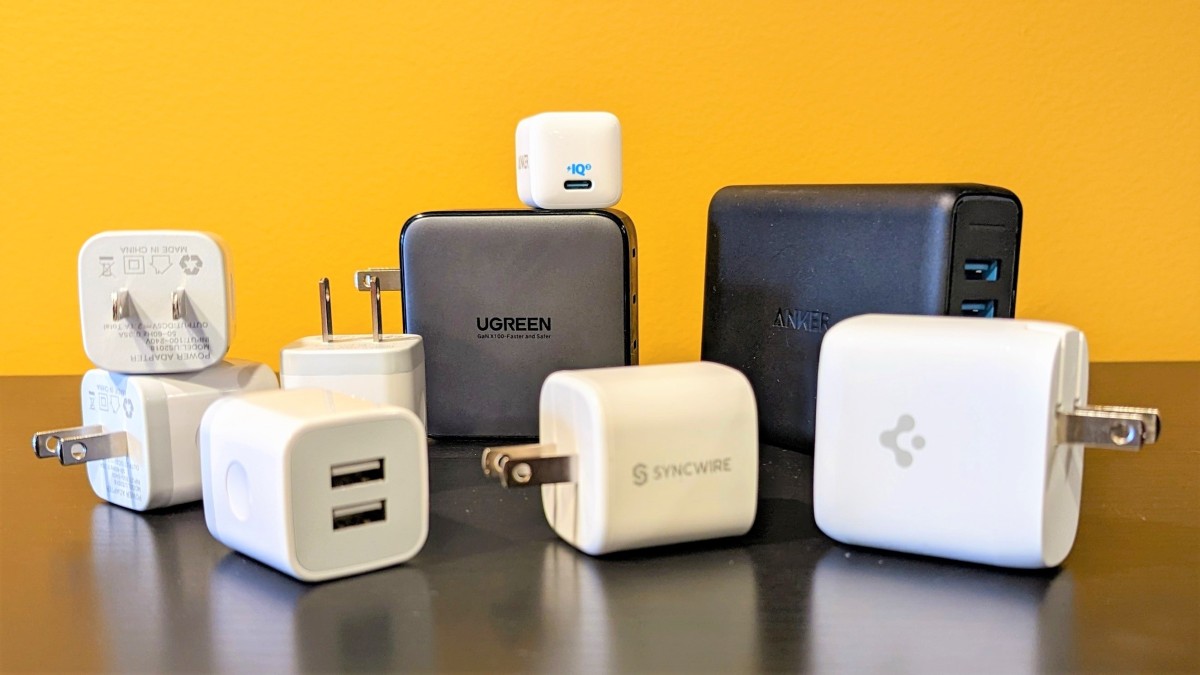
Surprisingly, each charger in this category exhibited commendable performance when connected to the XPS 13, as every adapter concluded within a one-percent range of each other, reaching approximately 58 percent after an hour. However, in the case of the power-hungry MacBook Pro, every additional watt becomes crucial, with the Anker 735 and Samsung Triple Port Charger outpacing the competition, although they remain considerably slower than Apple’s included brick. Notably, the Belkin 60W, despite having its fastest charging port indicating speeds between 50 and 60 watts, couldn’t quite match the pace of the other 60-watt chargers tested.
Charging speeds for 60-watt power adapters
Comparing charging speeds among various 60-watt power adapters when connected to an iPhone 13.
Selecting a winner from the bunch, the Nekteck 60-watt brick stands out as the most economical option, and it even includes a charging cable. However, due to having only one charging port and less-than-optimal compatibility with the Samsung phone, it may not be the ideal choice. Personally, I recommend the Anker 735 for its compact size, slightly faster performance, and the same price point as Samsung’s 65W Triple Port charger. The Anker option provides three USB ports in total (two USB-C and one USB-A).
Best 100-watt and up charger: Razer USB-C 130W
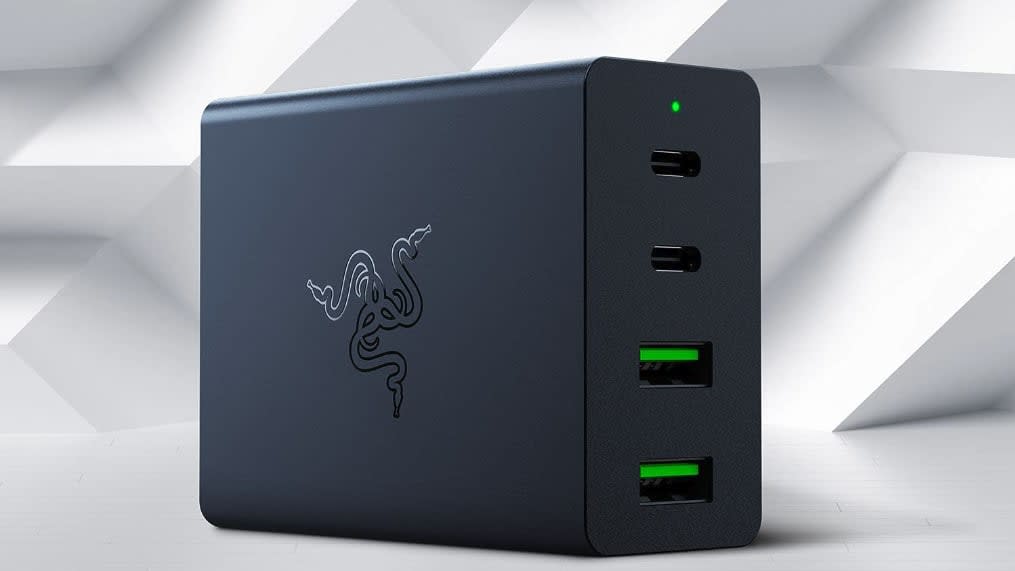
When contemplating a high-power USB-C fast charger, it’s crucial to scrutinize the details. Despite being labeled at or above 100 watts, it’s noteworthy that the main charging ports on the Satechi and Belkin are limited to 90 or 96 watts. This limitation becomes even more significant when factoring in multi-device charging, as the total output is divided among the other ports, with the ratio varying depending on the specific model.
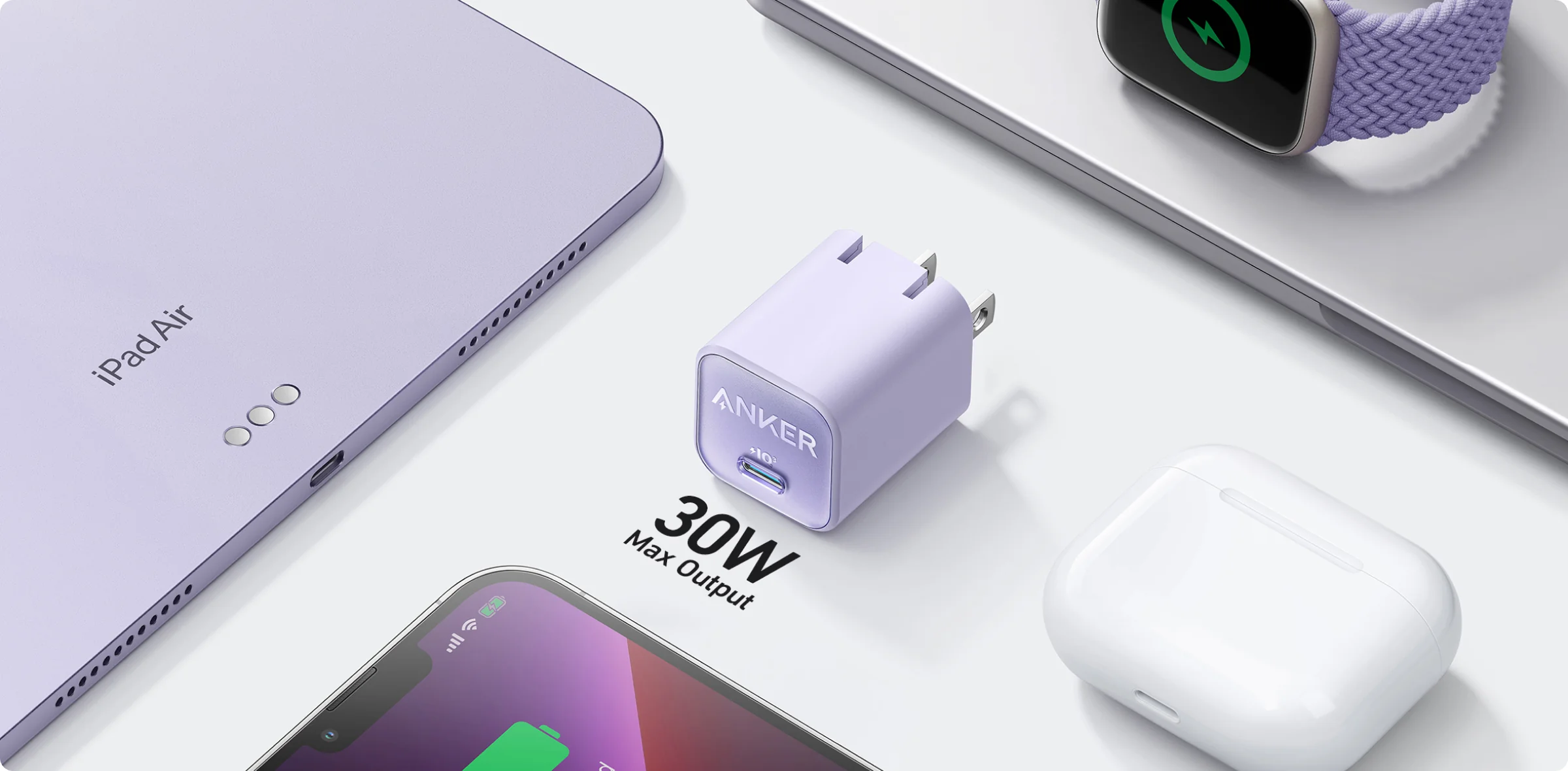
Throughout the testing process, all four chargers performed well in replenishing smartphones, the Switch, and the XPS 13. However, Belkin’s adapter fell short in fully recharging the Galaxy phone despite having more than enough wattage. On the other hand, Razer’s USB-C charger, with a higher maximum output than both Belkin and Satechi, exhibited little difference in charging speeds when connected to the MacBook Pro. Interestingly, this was not due to a lack of higher wattage cables, as both USB-C ports on the Razer brick are capped at a combined 100 watts.
Charging speeds for various 100-watt or higher power adapters.
Charging speeds for various power adapters rated at 100 watts or higher when connected to an iPhone 13.
Apple’s 140-watt power adapter proved to be exceptionally quick, efficiently refilling the MacBook Pro as expected. However, it’s worth noting that this power brick is the only one in this segment that features a single port, representing a missed opportunity within the Apple ecosystem.
For users seeking a charger capable of rapidly charging an ultraportable laptop while retaining extra power, Razer’s 130-watt GaN adapter stands out as the top choice. Despite being the smallest and most expensive at $180, it surpasses others in this category. Additionally, it includes two international wall adapters (for UK and EU outlets) and a braided 100-watt USB-C cable, offering additional value compared to competitors in this segment.
Wrap-up
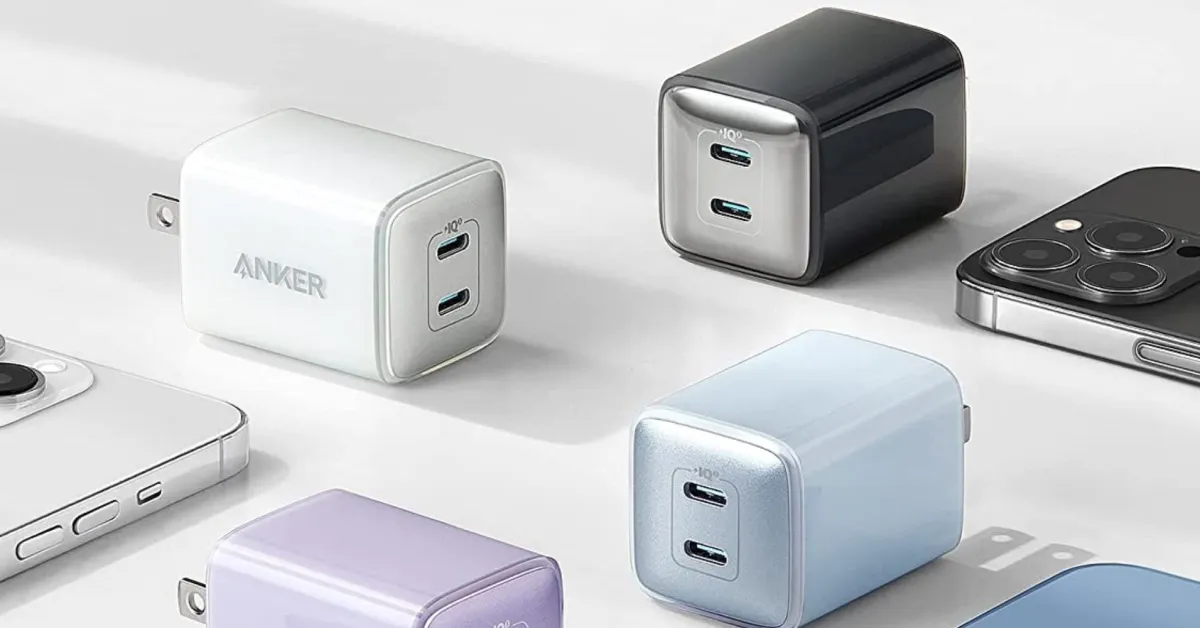
Certainly, there are numerous super-fast chargers available beyond the 14 tested here, and regrettably, I couldn’t assess them all due to time constraints. Discharging a phone from 100 percent to dead can now take over 15 hours, limiting the number of power bricks I can test per day based on the device. The data gathering process alone consumed the majority of two months. Additionally, during the testing period, Anker released a new generation of power adapters that I haven’t had the opportunity to evaluate.
Nonetheless, there are essential takeaways from this testing. To ensure optimal charging speeds, it’s crucial to confirm that your charger can deliver the required power. Manufacturers typically specify a device’s maximum charging speeds, and power adapters clearly indicate their USB types and outputs. When in doubt, examining the fine text on the charger can provide valuable information, although some mathematical calculations may be necessary. Remember, watts equal volts times amps. For adapters with multiple ports, it’s important to check how the total wattage is divided when connected to multiple devices.
Other factors like size and weight should be considered, with newer gallium nitride adapters (GaN) often boasting more compact designs and better power efficiency. When in doubt, choosing a fast charger from the same company as your phone, laptop, or other gadgets is a reliable option, especially for devices like the OnePlus 10T that feature proprietary and efficient charging protocols.

